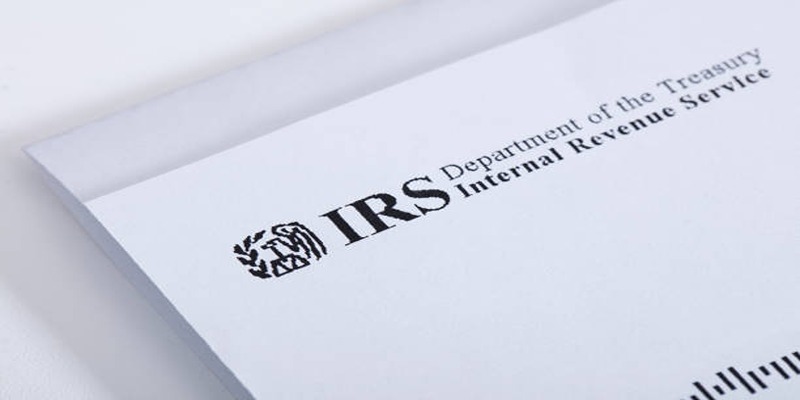The Federal Reserve's decision to increase interest rates can influence many areas of the economy, including mortgage rates. While higher rates might seem challenging for borrowers, they can help bring balance to an unpredictable housing market. By slowing inflation and stabilizing economic factors, rising Fed rates aim to create more consistent and predictable mortgage rate trends. This shift could provide benefits for both homebuyers and long-term financial planning.
What Are Fed Rates and Why Are They Rising?

The Federal Reserve, often called "the Fed," plays a key role in shaping the economy through its management of monetary policy. One of its main tools is the federal funds rate—the interest rate banks charge each other for overnight loans to meet reserve requirements. While this rate doesn’t directly set mortgage rates, its movements create ripple effects across the financial system, ultimately influencing mortgages and other forms of borrowing.
Rising Fed rates are typically implemented in response to inflation. By increasing borrowing costs, the Fed aims to reduce spending and slow down economic growth, ultimately capping inflation. Through this careful balancing act, the Fed seeks to maintain a healthy economy where price growth is steady but not excessive.
Why the Fed’s Decisions Impact Mortgage Rates
Even though the federal funds rate doesn’t set mortgage rates, the two are closely linked. Mortgage rates are influenced by broader market trends, such as investor sentiment and inflation expectations, which are directly impacted by the Fed's actions. Here’s how the relationship works:
- Inflation Control: Rising Fed rates cool inflation, which is a key driver of higher mortgage rates. When inflation is under control, lenders are more likely to lower or stabilize the interest rates on long-term loans like mortgages.
- Market Predictability: The Fed’s moves provide forward guidance, helping financial markets anticipate future economic conditions. A consistent rise in Fed rates signals to investors that inflation is being taken seriously, reducing uncertainty.
This dynamic suggests that while raising Fed rates might seem intimidating at first (especially for short-term borrowers), it’s part of a larger strategy to create economic stability.
How Rising Fed Rates Could Lead to More Predictable Mortgage Rates
History shows us that sharp volatility in mortgage rates often coincides with periods of economic uncertainty or steep inflation. By raising rates to combat inflation, the Fed provides clearer economic signals, reducing that volatility over time. Here’s why this matters for mortgage rates specifically:
Taming Inflation Reins in Rate Swings
When inflation is high, mortgage lenders anticipate that the value of money they’ll receive over time will decrease, leading them to charge borrowers higher rates to hedge against this risk. By controlling inflation, the Fed reduces this risk significantly.
Imagine entering the housing market today, unsure whether rates might skyrocket or drop next week. Compare that to a scenario where inflation has been reined in, and rates hover within a consistent range. Predictable rates help homeowners plan and budget more effectively, making rate stability a crucial benefit.
Confidence Builds in the Bond Market
Mortgage rates tend to follow the yields on 10-year Treasury bonds. When Fed rate hikes calm inflation fears, the bond market stabilizes, leading to more predictable Treasury yields. In turn, lower volatility in bond yields creates steadier mortgage rates. Essentially, a rise in Fed rates can help tamp down the volatility that makes mortgage rate hikes so erratic.
Slower Real Estate Demand Evens Out the Market
When borrowing becomes more expensive (as it does with rising mortgage rates tied to Fed hikes), the demand for homes often cools. Slower demand can stabilize home prices, which indirectly affects interest rate trends. A market without bidding wars or runaway price hikes fosters an environment where mortgage rates become steadier as fewer external forces are driving drastic market shifts.
What This Means for Buyers, Sellers, and Current Homeowners
Whether you’re actively in the market, considering refinancing, or simply trying to make sense of the changes, here’s what rising Fed rates could mean for you.
For Buyers
While the initial rise in mortgage rates may seem like a hurdle, the long-term stabilization of rates offers a silver lining. Buyers will no longer face wild swings in interest rates, which can be challenging for financial planning. It’s also worth keeping in mind that the cooling demand for homes might shift the market into a more balanced state, creating opportunities to negotiate prices.
For Sellers
Rising Fed rates may mean fewer buyers in the short term, especially if affordability becomes strained. Sellers might need to adjust expectations about pricing. However, a stabilized mortgage environment in the long run could help ensure consistent demand instead of boom-and-bust cycles.
For Current Homeowners
For homeowners with fixed-rate mortgages, rising Fed rates don’t directly affect current payments. However, it creates an opportunity for those with adjustable-rate mortgages to consider refinancing once the market stabilizes. Additionally, stabilization could provide more reliable data for those contemplating home equity loans or lines of credit.
What Should You Do Now?

If you’re a buyer or current homeowner weighing your next steps in this evolving landscape, here are some actionable tips to consider:
- Keep an Eye on Inflation Trends: A decline in inflation rates could be a sign of stabilization on the horizon for mortgage rates.
- Shop Around for Mortgage Rates: Even during periods of stability, lenders' offerings can vary, so it pays to do your research.
- Consult Financial Experts: Work with real estate and financial professionals to make data-driven decisions about purchasing, selling, or refinancing.
By staying informed and proactive, you can position yourself to benefit from the changes the Fed’s strategies bring to the housing market.
Final Thoughts
Navigating the housing market can feel overwhelming, especially during times of economic uncertainty. However, by staying informed, remaining adaptable, and utilizing professional guidance, you can make confident decisions that align with your financial goals. Whether you're buying your first home, refinancing, or exploring investment opportunities, understanding the factors that influence the market will empower you to achieve success.












